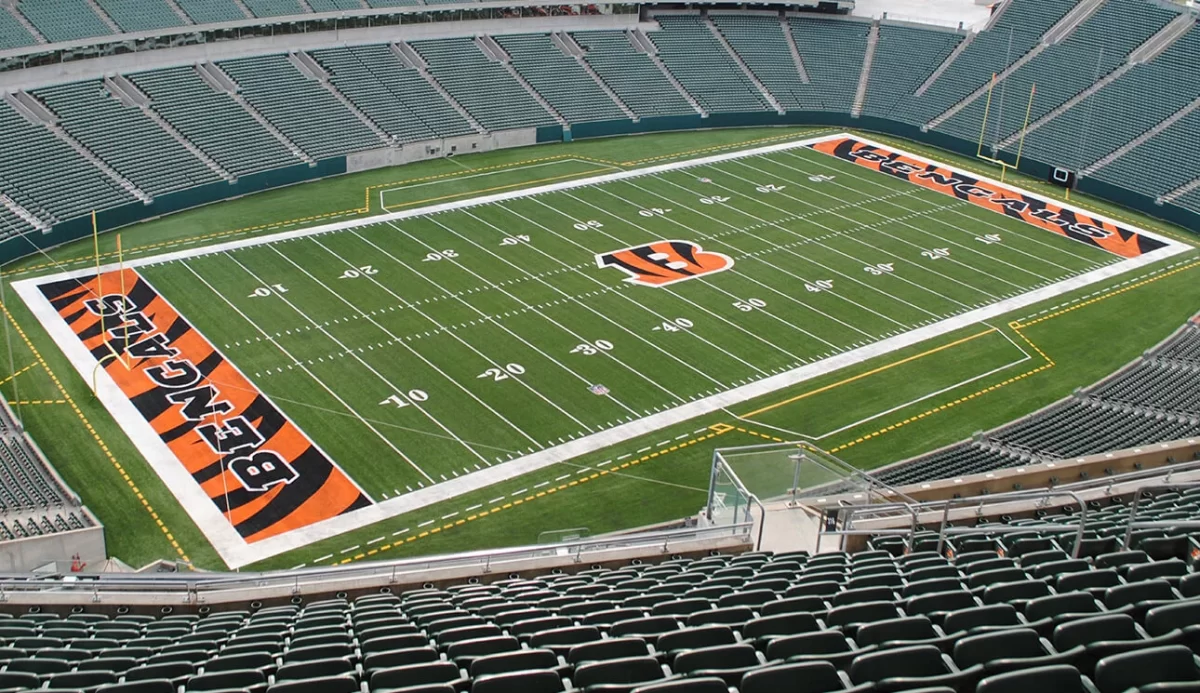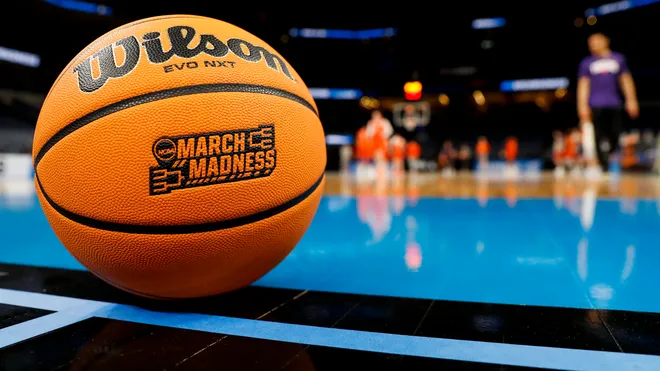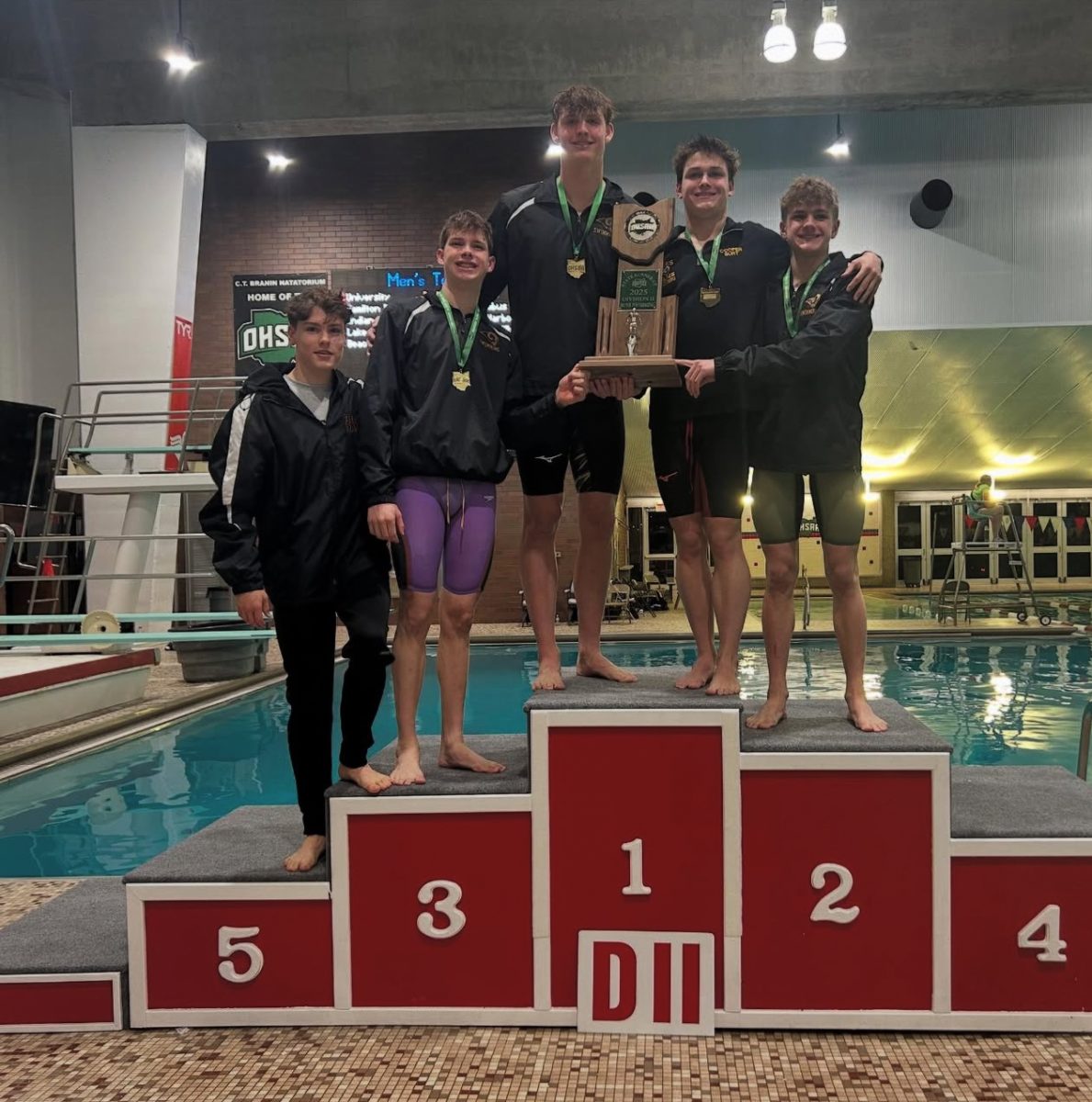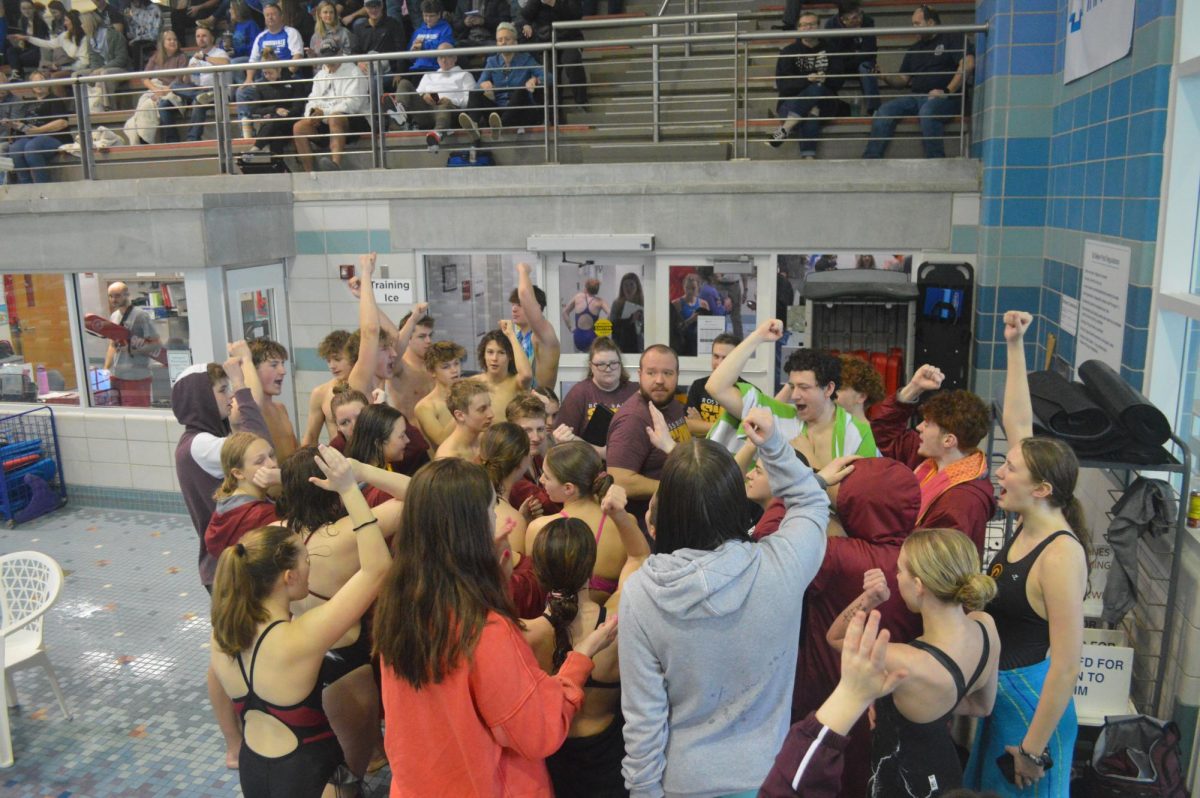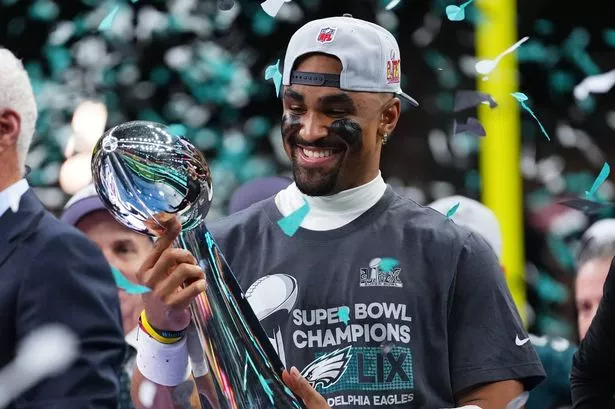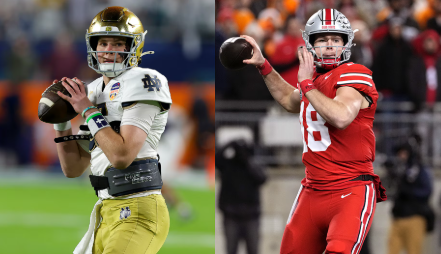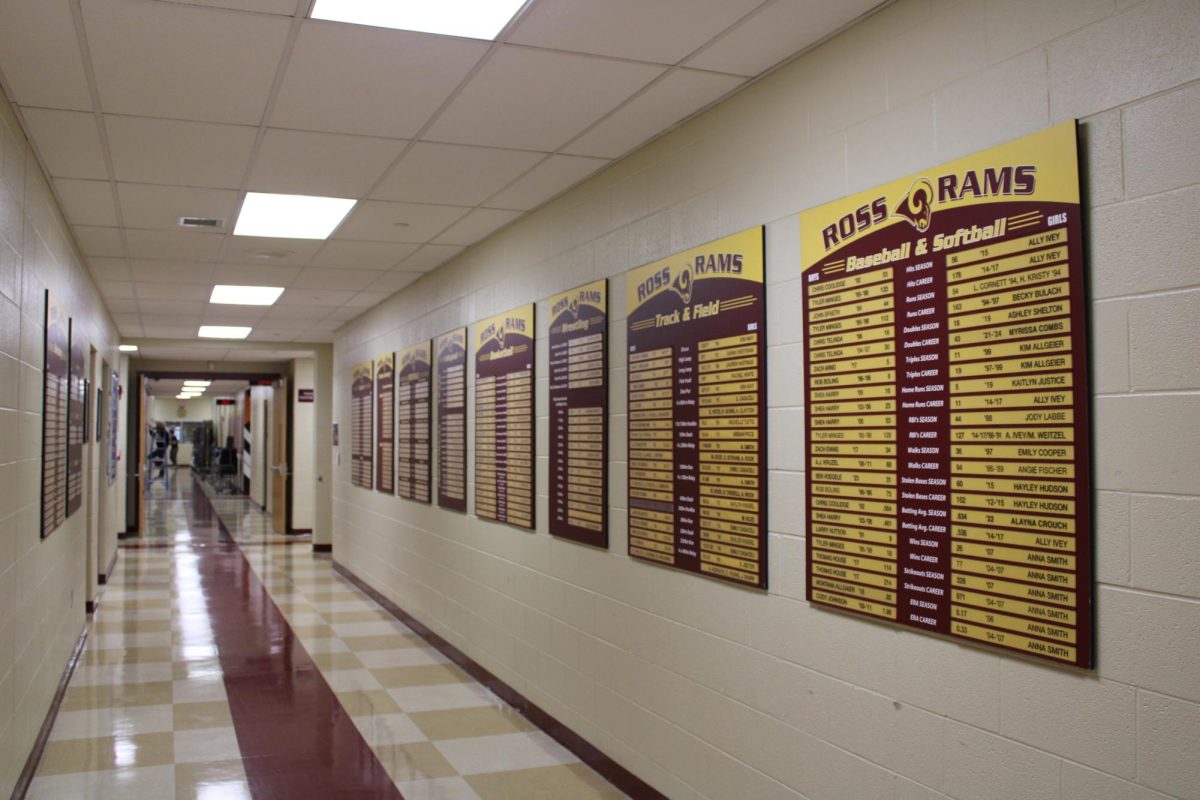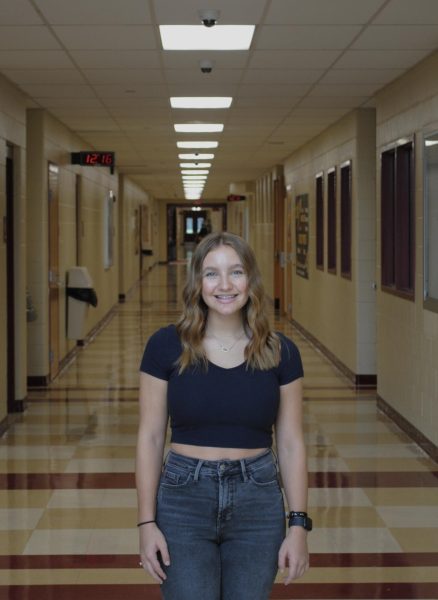Did you know that there are 30 NFL stadiums? These fields are split evenly with 15 grass fields, and 15 fields that are artificial turf. Many people debate on wheather one is better than the other. While they both serve the same purpose, it goes deeper than just looks from the stadium or even over TV. The artificial turf vs. real grass argument continues to be a hot topic in the NFL.
An open field of grass is always going to be cheaper than turf. An artificial field can also be known as “fake grass”, but once it’s installed it may last only 15-25 years. This investment thousands of dollars later is not worth it. As opposed to artificial turf, natural lawns require less maintenance over time and do not normally need to be completely replaced.
JC Tretter the president of the National Football League Players Association stated, “…data supports the anecdotes you’ll hear from me and other players: artificial turf is significantly harder on the body than grass.” While Tretter explained that the turf is harder on the body, it is very important to remember that these players are on this field for hours a day all week.
While natural grass field surfaces are possibly everywhere, artificial turf is not needed. Tretter stated that he noticed when he practiced on an artificial field surface, his joints felt noticeably stiffer the next day. The NFLPA till this day is still advocating for teams to convert artificial practice and game fields to natural grass fields.
Another reason other players prefer open lawns over “fake grass” is because of the injury increase. A sports psychiatrist explained that a study found the rate of ACL injuries increased by 45% on turf, largely due to cleats failing to grip to the artificial grass as they do on natural grass. Artificial turf can contain an injurious load due to these synthetic surfaces absorbing less force compared to regular grass increasing the likelihood of injury to feet, ankles, and knees.
The National Center of Health Research stated,” Ankle sprain was the most common injury and occurred at a rate of 1.5 injuries per 1000 hours of play time on artificial turf compared to 0.8 injuries per 1000 hours on natural grass.” This explains that grass has resulted in a less amount of injuries. While turf may look nicer, most NFL teams are just doing it for the trend now.
The ground is forgiving allowing one to move freely to receive a pass or get into a better position. Grass can also be great for warmer weather as the soil helps to contain the extreme heat. Field turf doesn’t grow, so it is consistently predictable.
Players have been vocal in recent years about opposing turf fields as there has been evidence of an increase in injuries while playing on these surfaces. While the NFL has not taken any action yet to make a change, the NFLPA continues to call for the elimination of artificial surfaces.

